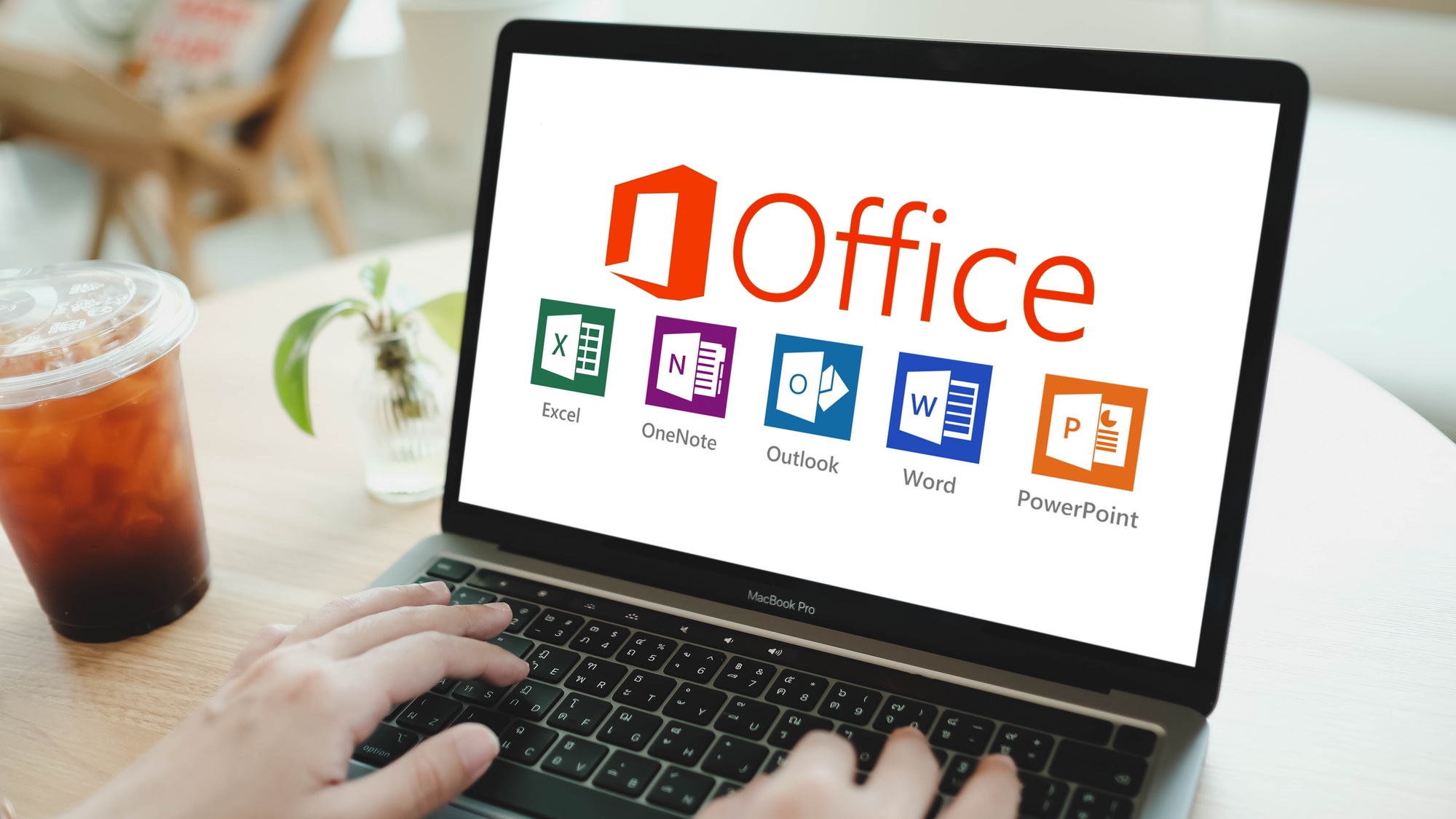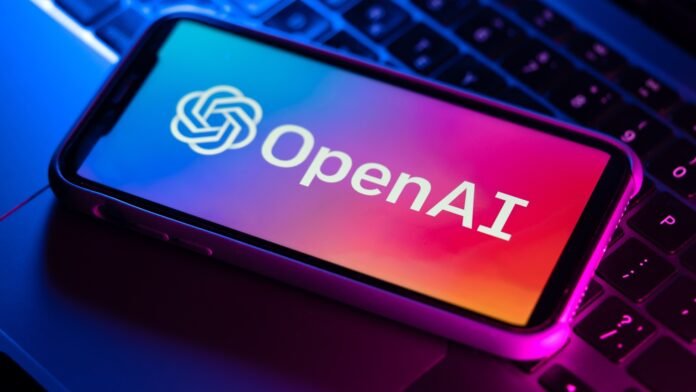With the recent launch of the ChatGPT app for Windows, users now have direct access to the popular AI model on their desktops. At the same time, many users have discovered Microsoft Copilot while using apps like Word, Excel, and Teams, as it is already deeply integrated into the Microsoft ecosystem. Both tools are powered by large language models (LLMs) and offer significant productivity improvements, but how do they compare? Let’s take a look at their similarities and differences, and which one is most suitable for different users.
Agreements
Both ChatGPT and Microsoft Copilot help with content generation, automation, and data analysis based on user prompts because they both use natural language processing (NLP) powered by OpenAI’s GPT architecture. Since the content output will be similar but not the same, you may simply prefer one type over the other. I noticed that ChatGPT’s responses were friendlier and more conversational, which naturally attracted me to it. However, some users find that a no-nonsense approach suits their style.
The free version of ChatGPT provides basic access to its capabilities, so for users who want premium options including faster responses, the latest GPT-4 model would be a better option. Similarly, the free version of Microsoft Copilot performs minimal tasks, but more robust features are integrated into the Microsoft 365 subscription level.
Differences

Where the models differ most is the integration with existing software. Microsoft Copilot is seamlessly integrated within the Microsoft ecosystem and can pull data from one app to another. Additionally, Copilot can access personalized data through Microsoft Graph, allowing it to do everything from composing emails and summarizing documents to generating reports. The deep connection makes this AI model perfect for professionals who are already heavy users of Microsoft tools such as Word, Excel, PowerPoint and Teams.
Yet ChatGPT operates alone. It is a standalone app that integrates with third-party applications via APIs. So while it is not yet integrated into an ecosystem, it is for that reason much more flexible and has a wider range of task capabilities. Thanks to its versatility, it can handle everything from coding to generating creative content, without the limitations of a structured ecosystem. ChatGPT’s versatility may appeal to general users who do not regularly use business applications, as integrating ChatGPT into business systems requires more effort.
Customization

Another important distinction is the processing and use of data. Copilot excels at providing personalized, context-aware responses because it is so deeply integrated into Microsoft apps. It can draw from emails, documents or meeting notes and invitations to provide tailored insights and suggestions. This makes Copilot excellent when it comes to streamlining workflows to remain highly efficient in a business environment.
ChatGPT, on the other hand, generates responses based on the extensive training data, but does not have real-time access to personal or company-specific information. Because the AI model is not integrated within an internal system, it is less able to provide contextual insights. Where it excels at creativity and general tasks, it lacks where personalized data is critical.
Microsoft offers Copilot Studio, a platform where companies can create custom AI solutions within the Microsoft framework, tailoring the AI to their specific workflows. ChatGPT also offers customization options through its APIs and a recently introduced no-code builder, but implementing these often requires more technical knowledge than the average user has compared to Copilot’s plug-and-play model.
Conclusion
The choice between ChatGPT and Microsoft Copilot largely depends on your specific use case. Microsoft Copilot’s strengths lie in improving productivity, especially for those who rely on Microsoft 365 for their daily activities.
ChatGPT, on the other hand, offers broader applications for a wider range of tasks. Its flexibility makes it useful for developers who need coding help, writers looking for creative support, or general users who want help with their questions. Multimodal capabilities, including DALL-E for image generation and Code Interpreter for data analysis, provide even more versatility.
Both ChatGPT and Microsoft Copilot are powerful AI assistants, but they meet different needs. If you are deeply integrated into the Microsoft ecosystem and need a productivity tool that fits seamlessly into your workflow, Microsoft Copilot is the ideal solution. However, if you’re looking for a more versatile AI assistant that can handle a variety of tasks from creative to technical, you’ll likely find yourself leaning on ChatGPT as your AI model. The decision ultimately depends on whether you prioritize integration and productivity or flexibility and customization.





